ZEN IRODALOM ZEN LITERATURE
« Zen index
« Home
Zen Ox-Herding Pictures
by John Cage (1912-1992)
http://museums.richmond.edu/exhibitions/museum-of-art/john-cage.html
http://www.mountainlakeworkshop.com/#!stephen-addiss/cvtb
In 1988,
Ray Kass, professor emeritus of art, Virginia Tech, invited seminal composer,
philosopher, writer, and visual artist John Cage (American, 1912-1992) to
paint at the Mountain Lake Workshop in Blacksburg. They began a series of
experiments with watercolor pigments that resulted in 55 densely marked paper
towels.
Two decades later, Cage's pupil and friend Stephen Addiss created three sets
of images that echoed the narrative of the "Ox-herding Pictures,"
an illustrated parable to which Cage often referred in his discussions and
writings.
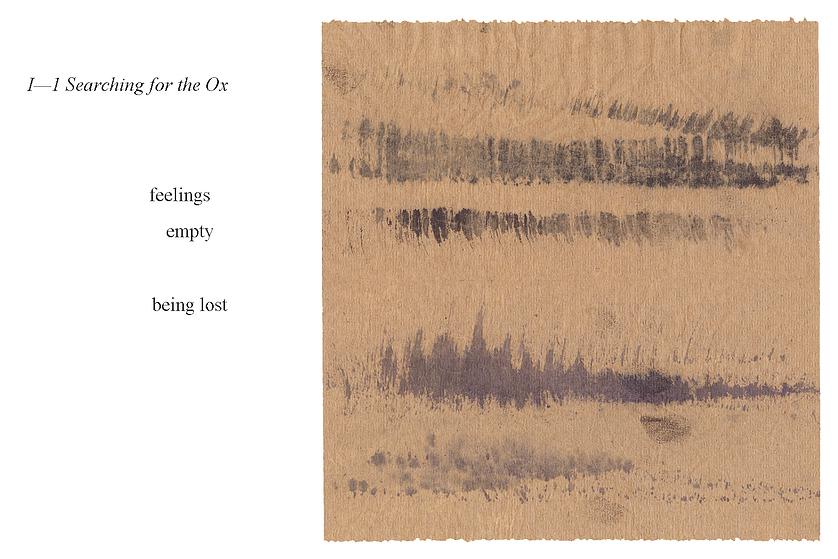
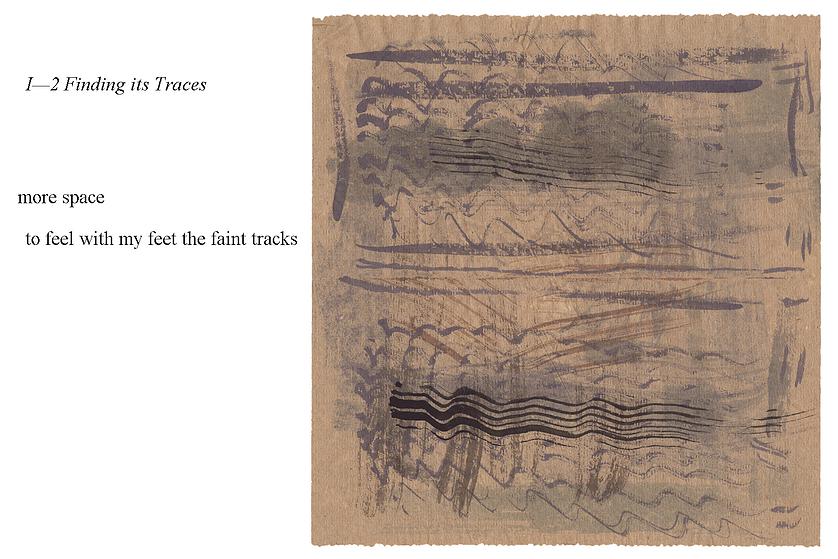
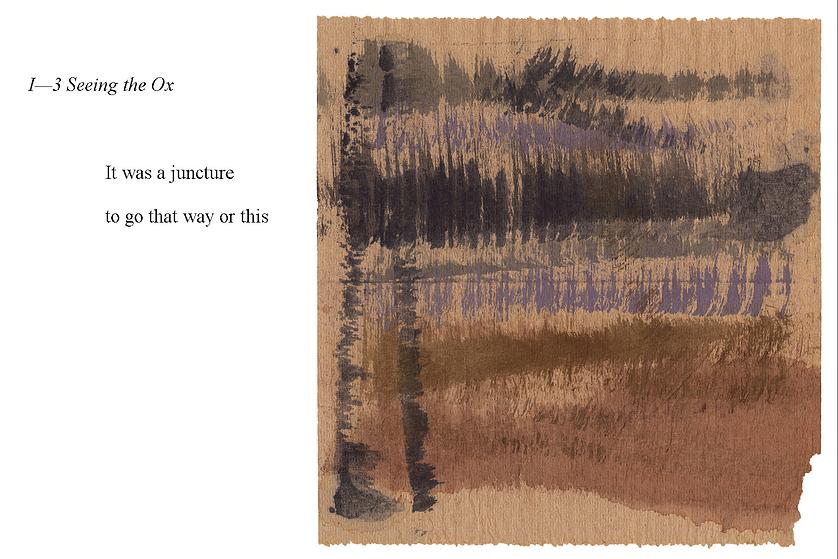
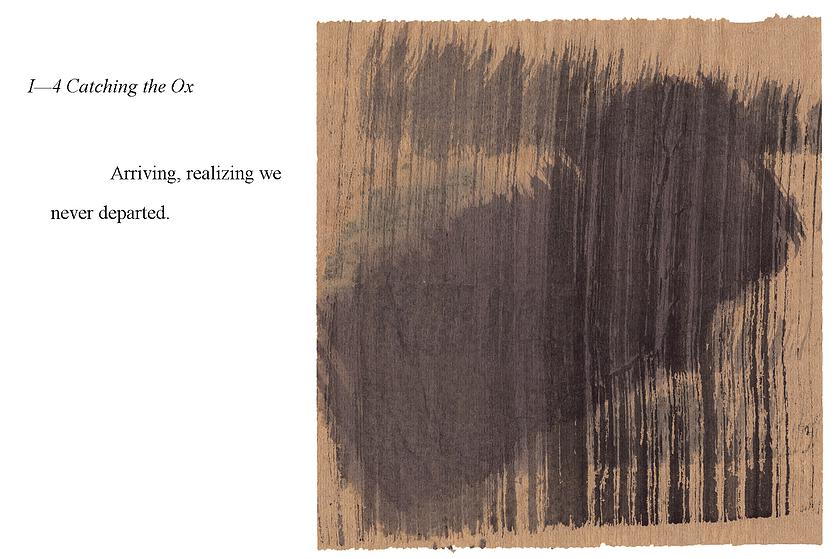
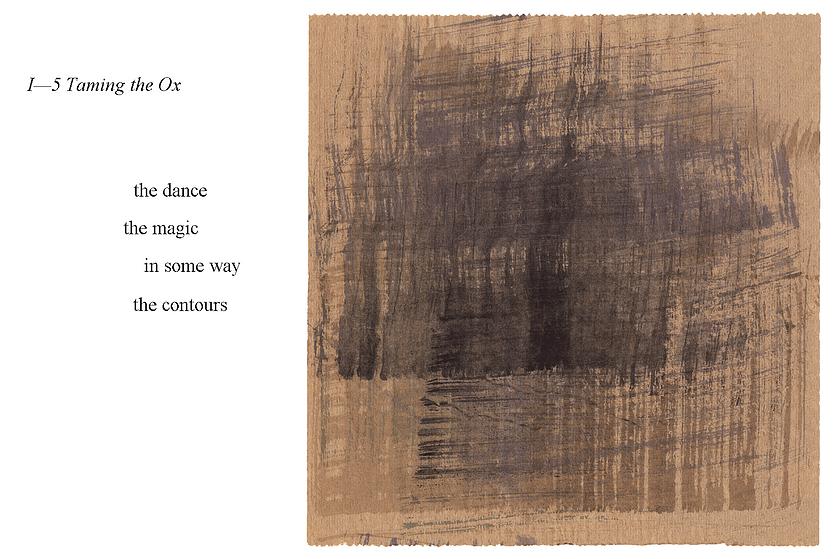
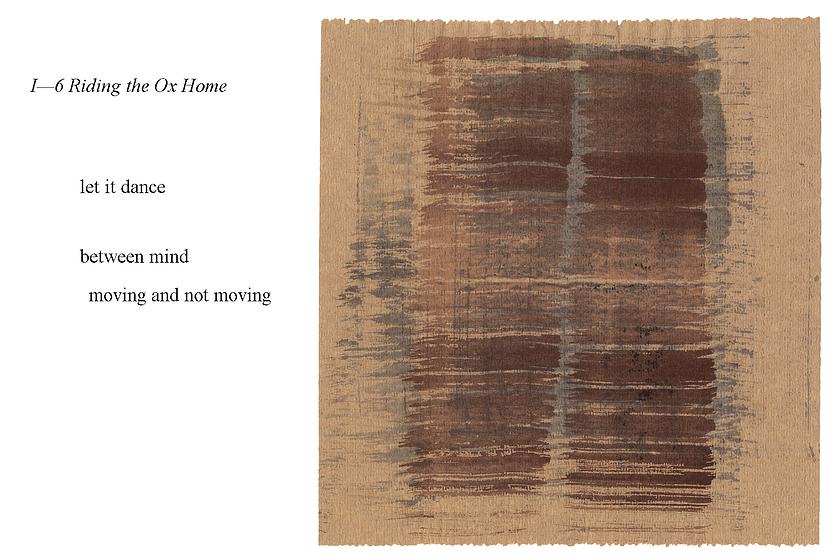
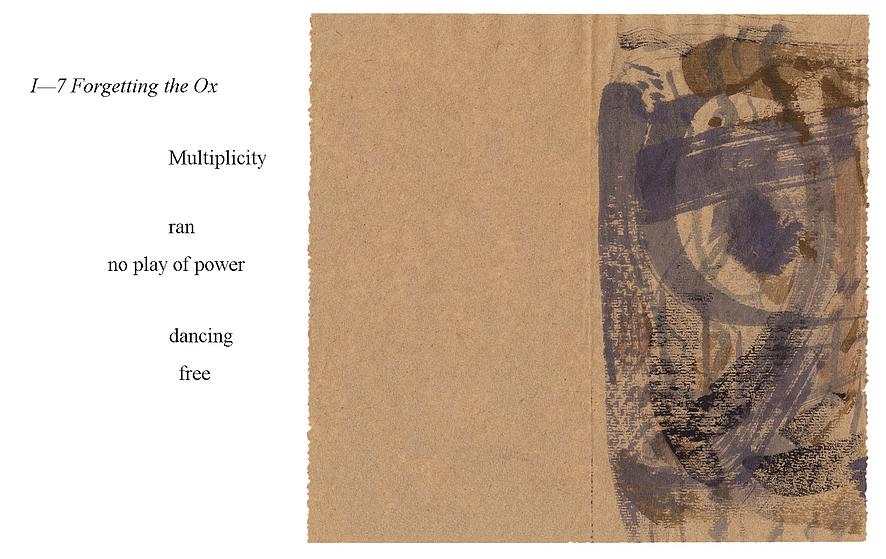
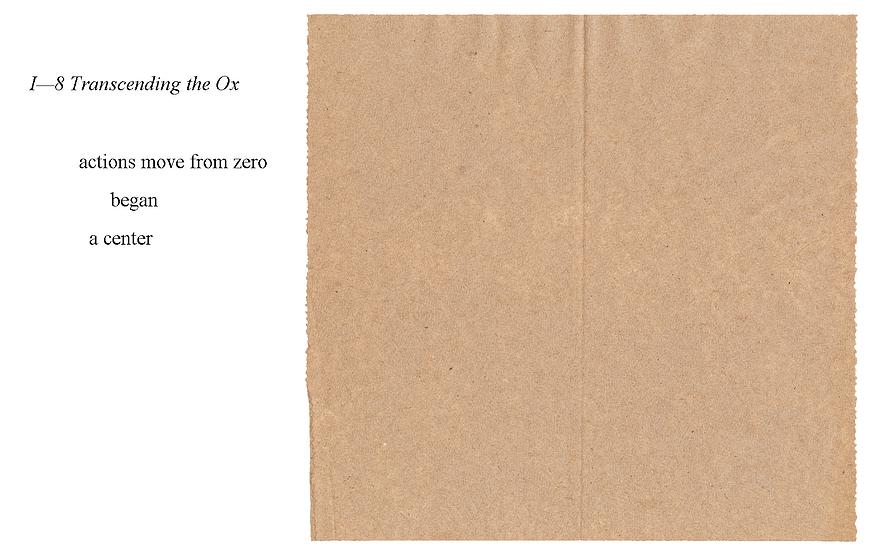
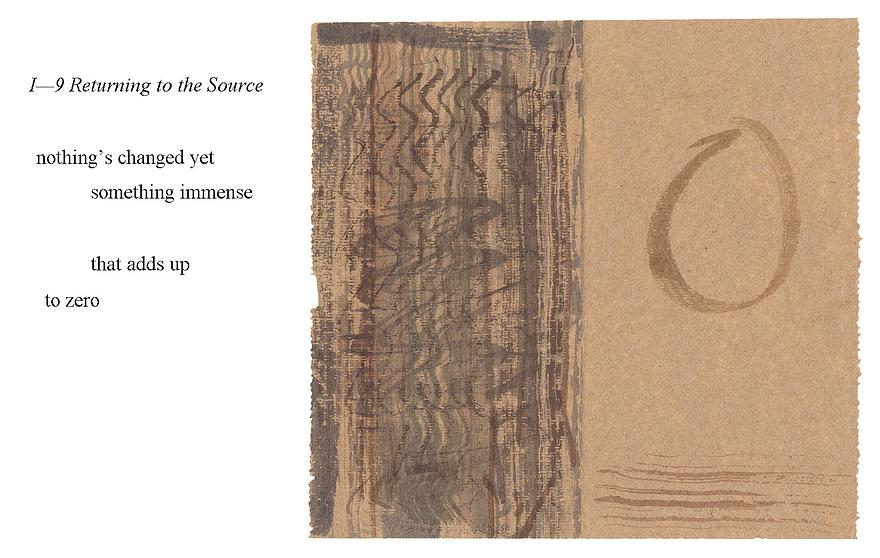
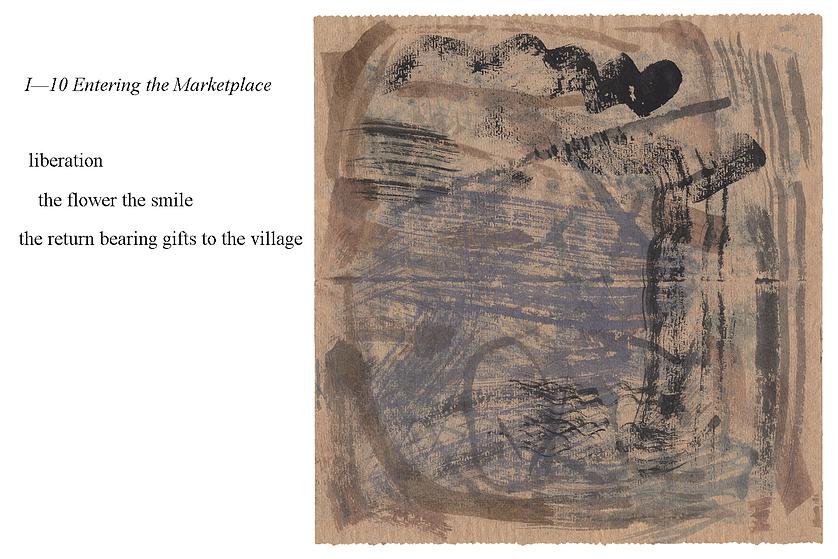
John Cage (American, 1912-1992) and Mountain Lake Workshop, Zen Ox-Herding Pictures: Set One, 1988, watercolor on paper, 9 ¾ x 10 ¼ inches, Private colletion
John Cage: Zen Ox-Herding Pictures
will be on view concurrently in the Lila and Joel Harnett Museum of Art and
the Harnett Print Study Center, University of Richmond Museums, from October
2, 2009 to April 7, 2010. John Cage (American, 1912-1992) was a seminal composer,
writer, and artist whose interest in East Asian and Indian philosophy led
him to abandon intention, memory, and personal taste to focus instead on process
and chance in music, performance, and visual art. This exhibition features
fifty-five watercolors on small paper towels created by Cage in 1988 at the
Mountain Lake Workshop, Blacksburg, Virginia.
The idea of the exhibition was conceived when John Cage was painting at the
Mountain Lake Workshop at the invitation of Ray Kass, founder and director
of the workshop. As Cage experimented with watercolor for the first time,
he used paper towels as test sheets to acquaint himself with the new medium.
Kass saw these paper towels as more than just test sheets; they had a beauty
all their own, and he suggested to Cage that they should be used to make a
new piece. Cage then told Kass that he should make a piece with them.
Two decades later, Dr. Stephen Addiss, Tucker-Boatwright Professor in the
Humanities-Art and Professor of Art History, University of Richmond, joined
Ray Kass in realizing the potential of these singular images. From Kass' collection
of archived paper towels, Kass and Addiss came up with five sets of images
that reflect the narrative of the Zen Ox-Herding pictures as well as five
additional poem-paintings. The subject of Zen Ox-Herding is an old East Asian
parable for the path to and beyond enlightenment and one in which John Cage
often referred to in his discussions and writings. Accompanying each of the
images is a poetic fragment of writing by Cage, specifically selected by Addiss
to further tie the image to the ancient parable.
John Cage: Zen Ox-Herding Pictures was organized by the University of Richmond
Museums, and curated by Stephen Addiss, Tucker-Boatwright Professor in the
Humanities-Art and Professor of Art History, University of Richmond, and Ray
Kass, Professor of Art, Emeritus, Virginia Tech. The exhibition and programs
are made possible in part with the generous support of the University of Richmond's
Cultural Affairs Committee. A catalogue published by George Braziller, Inc.
Publishers, New York, in association with the University of Richmond Museums,
is available.
Catalogue available:
John Cage: Zen Ox-Herding Pictures
George Braziller, Inc., October 2009, Hardcover, 8 1/2 x
From Publishers
Weekly
Known best for his music and performances, John Cage also painted and wrote
extensively. Zen Buddhism influenced his approach to his work-nature as a path
to self, collaboration in performance and happenstance in composition. The art
and poetry in this book represent a collaboration both accidental and
deliberate between Cage, Addiss and Kass. Cage was working on another series of
paintings when he marked a series of brown paper towels. Artist Kass and
artist/composer Addiss ordered the towels into a sequence, then Addiss culled
Cage's writings to create a cutup or recomposition of found words and phrases
into a new work. Cage recognized the importance of the remix long before it
became fashionable. The accidental circumstances of this work's assemblage doesn't
diminish its charm or delicacy. The introductory material provides essential
context, but the best approach may be to read and view the work, read the
essays, then review the piece again. Addiss and Kass prove the continuing
relevance of the tradition of ox-herding as a format for teaching and
connecting the heart to the mind. 50 color and 12 b&w illus. (Oct.)
Copyright © Reed Business Information, a division of Reed Elsevier Inc. All
rights reserved.
Stephen Addiss serves as Tucker-Boatwright Professor in the Humanities: Art, University of Richmond.
Ray Kass is Emeritus Professor of Art in the School of Visual Art at Virginia Tech and founder and director of the Mountain Lake Workshop.